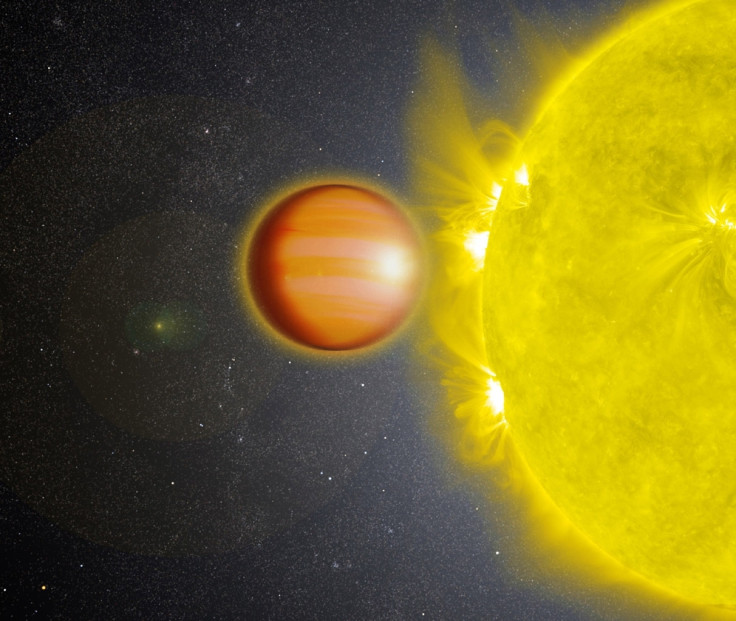Nasa have discovered a planet so unusual, it could rewrite the astronomy books
WASP-18b has an atmosphere consisting of deadly carbon monoxide.

A Nasa-led team has found evidence of a mysterious planet that is so unusual, it flies in the face of what astronomers know about other worlds.
WASP-18b, which lies some 325 light-years away, is 10 times more massive than Jupiter and is surrounded by a smothering atmosphere of carbon monoxide, which in addition to its almost complete lack of water and extremely high temperatures, would make it incredibly hostile to life as we understand it.
Having an upper atmosphere filled with carbon monoxide is essentially unheard of in the study of our universe.
"The composition of WASP-18b defies all expectations," said Kyle Sheppard of Nasa's Goddard Space Flight Center, lead author of the paper published in the Astrophysical Journal Letters. "We don't know of any other extrasolar planet where carbon monoxide so completely dominates the upper atmosphere."
The discovery could rewrite what scientists thought they knew about how atmospheres form around planets.
"This rare combination of factors opens a new window into our understanding of physical and chemical processes in exoplanetary atmospheres," said Nikku Madhusudhan from the University of Cambridge.
WASP-18b belongs to a class of planets called 'hot Jupiters' – gaseous giants that orbit in very close proximity to their host star and, as a result, are heated to extreme temperatures. The planet orbits its star once every 23 hours.
The findings – which come from new analysis of observations made by the Hubble and Spitzer space telescopes – also suggest that WASP-18b's atmosphere likely contains 300 times more "metals" – elements heavier than hydrogen and helium – than other hot Jupiters.
WASP-18b and other intriguing exoplanets will become the focus of further study after the state-of-the-art James Webb Telescope launches in 2019.
"The expected launch of the James Webb Space Telescope and other future space-based observatories will give us the opportunity to follow up with even more powerful instruments and to continue exploring the amazing array of exoplanets out there," said Avi Mandell, an exoplanet scientist at Goddard and second author of the paper.





















